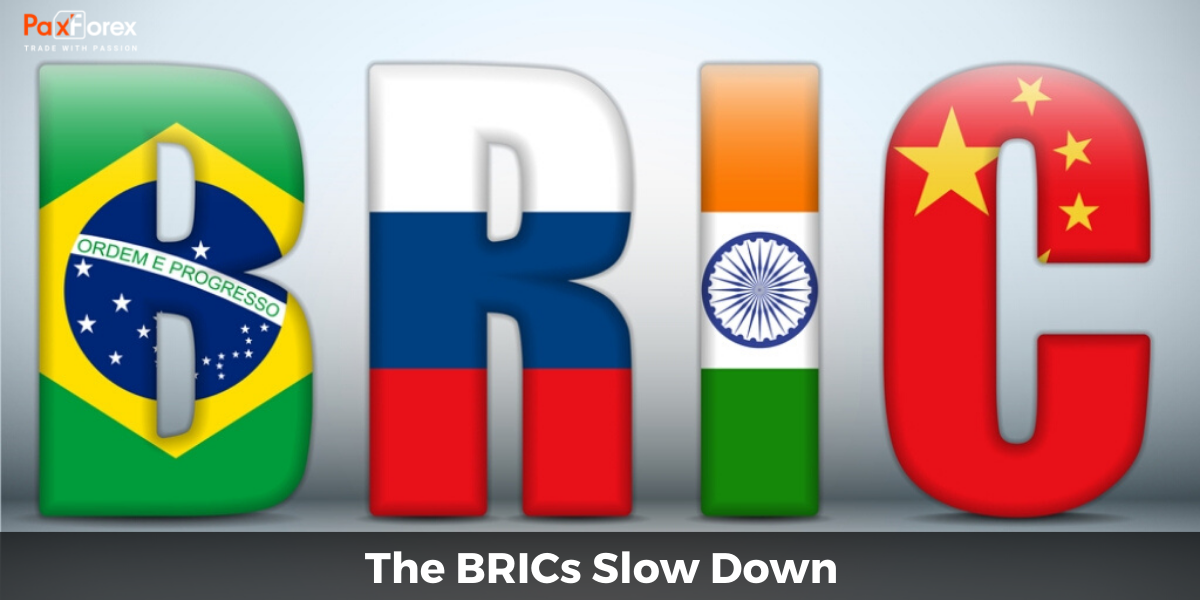
The last ten years, most of the interests of investors were focused on fast-growing emerging markets - Brazil, Russia, India and China. But the boom around the BRIC countries is weakening. It's time for investors to reconsider their approach to investing in emerging markets.
Demand for raw materials has been the fuel for explosive growth in emerging markets since the beginning of 2001. China joined the World Trade Organization and began land reform, which has caused a huge building boom in the most populated country in the world. China's voracious appetite for commodities has played into the hands of Russia and Brazil.
The sharp rise in commodity prices has pushed their economic growth and caused the credit boom and stabilization with national currencies and inflation. In Brazil, the volume of private loans as a percentage of GDP has doubled - from 30% in 2005 to 60% in 2011. In recent months, oil prices have gone down, and China's growth is slowing. Also, the yield on the shares of developing countries has called into question.
Maybe, emerging markets have lost their attraction and it's time for investors to seek higher returns elsewhere? Some analysts believe that the future is still for shares of emerging markets but investors need to change priorities. Economists have identified new and exciting directions for the coming years:
Philippines, Czech Republic, India, Korea, Thailand and Turkey. Of course, lower prices in importing countries can do much harm to producing countries but importers still have to benefit.
Vietnam, Bangladesh and Mexico have increased their competitiveness against China in recent years by low labor costs. These countries can now become a competitor in the labor market especially with the growth of wages in China.
The weakening of a currency is good for exporters. Brazil and Russia can enjoy a new catalyst for the growth of sales. Import substitution will give a different effect. For example, clothing manufacturers in South Africa will reduce the price compared with the importers and for that will have a part of market of global giants.
There are new opportunities for earnings for the small innovative companies that have access to the global supply chain. They may succeed (that was impossible a decade or two ago). This may be a company based in emerging market countries with production in Vietnam or Cambodia, which sells products in developed markets, getting the best of both worlds.
Great development of the emerging markets has their own competitive advantage. For example, the global brand of toothpaste can get a handsome profit by extending its product in fast-growing markets.
Of course, at the end of the commodity boom there will be changes for companies of emerging markets. Earlier they could invest in projects with low profitability and earn revenues thanks to the crazy pace of economic growth. Those days are gone.
Investors should study the emerging economies and their companies more carefully than it has ever been. By focusing on promising business and capital with stable dynamics, investors will realize that life goes on in the BRIC.







